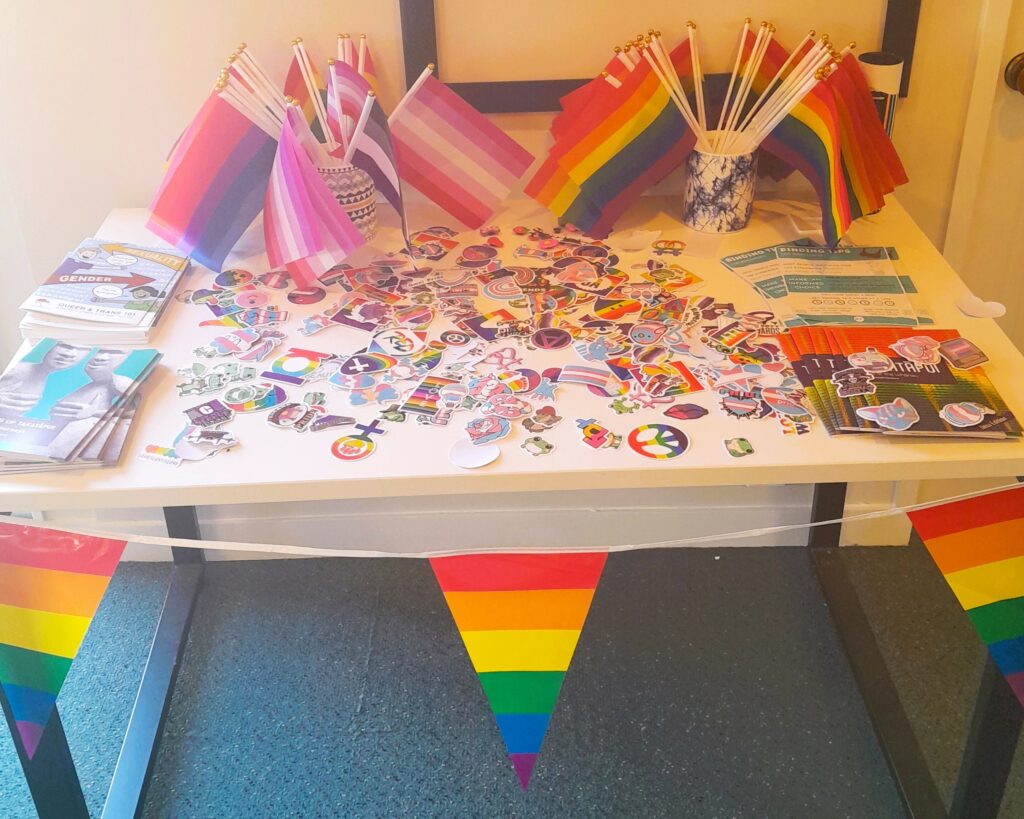Keeping cyber safe in a tech world

Published: April 23, 2024
Technology allows us to connect with each other and influences many aspects of our personal lives, school work, and work. We use it all the time. As a result, cyber security is a term we also use and hear often.
Cyber security describes technologies and approaches that can protect against unauthorised access or misuse of online data. Cybercriminals set out to extort money by gaining access to IT systems, preventing access, or causing disruption. They can then blackmail organisations or people to get access back. The disruption is significant.
At Real and Pathways we have additional cyber security measures in place to help protect our IT systems from attack and also remind our kaimahi how to be cyber safe.
How can you help to stay cyber safe?
- Use strong passwords and don’t share them with others. Change passwords often, and ensure they are stored securely (use encrypted files).
- Keep your information private and only enter financial information into a secure website (look for a padlock symbol in the browser address bar).
- Make sure your devices are secure with strong passwords and other security options like fingerprint or face recognition technology. Remember TVs and smart watches are commonly connected to the internet so are also vulnerable.
- Pay attention to software updates on your devices, these often have important security upgrades.
- Be careful about wifi. Unsecured wifi networks are very public and easy access points for hackers. Make sure your own wifi is well protected with a strong password.
- Back up your data on external hard drives or in the Cloud and create new back-ups regularly.
You can find out more about staying safe online and handy resources at Netsafe.org.nz.


